#CeltisWood
Explore tagged Tumblr posts
Text
Types of Wood: Their Uses and Applications

Wood is one of the most versatile and widely used materials in the world, with applications ranging from construction to furniture making, art and crafts, and much more. The different wood available vary in appearance, texture, strength, durability, and other characteristics, which make them suitable for different purposes. Understanding the different wood types and their uses is essential for anyone who works with wood, whether professionally or as a hobby. In this article, we will explore some of the most popular types of wood, their unique properties, and the applications for which they are best suited. Read More: Types of Timber Used in House Construction
Types of Wood
The following are different types of wood available in the market, each catering to specific purposes. From hardwoods to softwoods, discover the perfect material to bring your projects to life with precision and beauty. 1. Hardwood Hardwood is a form of wood that originates from deciduous trees, which shed their leaves annually. This type of wood encompasses a wide range of species, each with distinct characteristics and applications. hardwood is known for its durability and aesthetic appeal, hardwood is often utilized in the construction of furniture, flooring, and various woodworking projects. Popular hardwood types are oak, maple, mahogany, and cherry, among others, each prized for its unique grain patterns and color variations. Hardwood are dense and robust nature makes it resistant to wear and tear, ensuring a longer lifespan compared to softer wood varieties. Its versatility varies to both indoor and outdoor applications, with outdoor furniture and decking benefiting from its resilience to weathering. 2. Softwood Softwood is a wood type derived from coniferous trees, which are characterized by their needle-like leaves and cones. This wood type encompasses a diverse range of tree species such as pine, spruce, fir, and cedar. Softwoods are known for their comparatively faster growth rates, making them a readily available and cost-effective option in various industries. While softer in comparison to hardwood, softwoods are valued for their versatility and suitability for a wide array of applications. Common uses include construction lumber, paper and pulp production, and the creation of wood-based products like plywood and particleboard. The light color and straight grain of many softwood species contribute to a natural aesthetic that is often sought after in both interior and exterior design. Additionally, softwoods are typically more receptive to treatments like staining and painting. Other, Detailed Types of wood are described below, 1. Akasa Wood
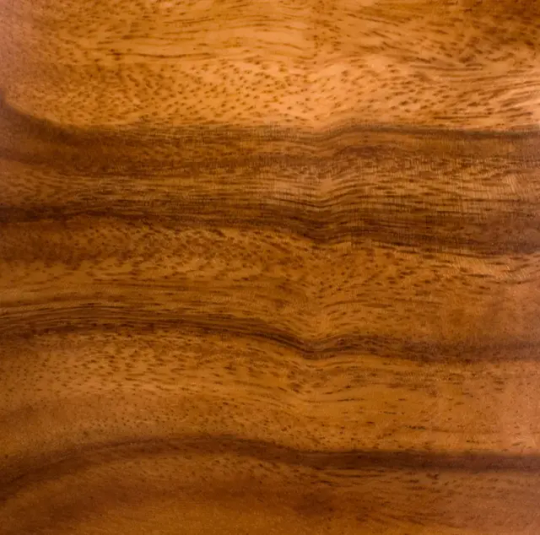
Akasa Wood Its types of heartwood and sapwood. Which is a straight-grained grey-brown color. It is mainly utilized in interior joinery, light structural work, flooring, utility furniture, veneer for plywood, and turnery. Akasa wood variety is general utility interior wood. Akasa Wood is a type of wood that is commonly used in traditional South Asian architecture and furniture design. It is known for its beautiful grain patterns, warm color tones, and durability, making it a popular choice for building homes, temples, and other structures in India and neighboring countries. The exact species of wood tree name that Akasa Wood comes from is not clear, but it is believed to belong to the Hardwood group of trees. 2. Ash Wood
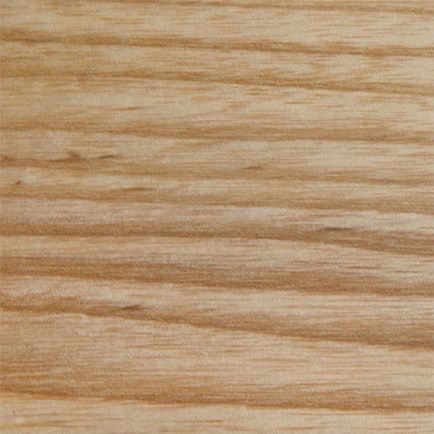
Ash Wood Ashwood is one type of light wood and it offers distinctive luster when polished. Its structure is almost open grain and is reasonably hard-wearing. Ash Wood is a hardwood species that is native to temperate regions of Europe, Asia, and North America. It is characterized by its light-colored wood varieties with a straight, pronounced grain pattern and medium to high density. Ash Wood is prized for its versatility, durability, and shock resistance, making it a popular choice for furniture, flooring, sports equipment (such as baseball bats), and cabinetry. The wood is also valued for its ability to hold paint and stains well, giving it a long-lasting, attractive finish. Ash wood fibers could be used as a component in MDF production, either alone or in combination with other wood fibers. 3. Balsa Wood
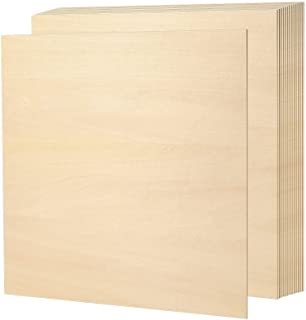
Balsa Wood However, balsa wood is one of the softest and lightest weight timbers, it is a hardwood. Balsa is mainly used for heat, sound, and vibration insulation and for model making. Balsa Wood is a type of fast-growing hardwood that is native to Central and South America. It is known for being the lightest commercial wood in the world, with a low density and exceptional buoyancy. Due to its low weight, Balsa Wood is often used in a variety of applications, including modeling, kite building, surfboards, and packaging materials. It is also used as a core material in the construction of composite materials, where its lightness and strength make it ideal for use in lightweight structures. Despite its low weight, Balsa Wood is surprisingly strong and has a good strength-to-weight ratio, making it a versatile and popular material in many industries. 4. Bamboo Wood
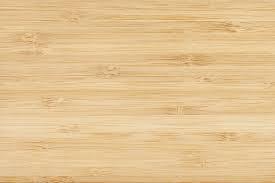
Bamboo Wood It generally has a rich golden color that's very hard-wearing. As bamboo is impervious to moisture, it can be used in conjunction with the ornamental part of a water feature or for flooring in bathrooms, conservatories, and other wet areas. Bamboo Wood refers to the solid and durable culms (stems) of various species of bamboo plants, which are used as a building and construction material. Bamboo is a highly renewable resource, as it grows much faster than traditional list of hardwoods and can be harvested in as little as 3-5 years. Bamboo is often considered to be a green alternative to wood, as it is eco-friendly and has a lower carbon footprint compared to traditional hardwoods. Bamboo Wood is used in a variety of applications, including flooring, furniture, cabinetry, and even structural applications, due to its strength and durability. It is also used in the production of handicrafts and other decorative wood materials list items, as its unique grain patterns and light color tones make it a popular choice for aesthetics. 5. Beech Wood

Beech Wood Beechwood is one of the hard durable wood that is found in its natural form and comes in a variety of warm, soft honey tones. Sometimes, beech has been treated at high temperatures to create a unique red color. Beech Wood is a type of hardwood that is native to Europe and Asia. It is characterized by its reddish-brown color and distinctive straight, fine grain pattern. Beech Wood is a dense and hard wood, with a high resistance to wear and abrasion, making it a popular choice for furniture, flooring, and cabinetry. The wood is also known for its ability to hold fine details, making it ideal for use in moldings, carvings, and other decorative applications. In addition, Beech Wood is valued for its steam-bending properties, which make it a popular choice for the production of chairs, bentwood items, and other curved furniture pieces. Overall, Beech Wood is a versatile and durable hardwood that is widely used in a variety of applications. Read More: How To Remove Mold From Wood | How To Clean Mold Off Wood 6. Brazilian Mahogany Wood
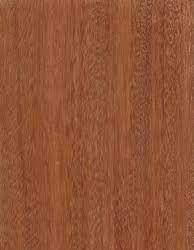
Brazilian Mahogany Wood Brazilian Mahogany is a type of hardwood that is native to South America and commonly known as "genuine" or "true" mahogany. It is prized for its rich reddish-brown color, fine texture, and straight grain pattern, making it a popular choice for high-end furniture, cabinetry, flooring, and millwork. Brazilian Mahogany is known for its stability, durability, and resistance to decay, making it ideal for use in outdoor and marine applications. The wood is also favored for its workability, as it can be easily shaped, sanded, and finished to a high standard. However, due to the species' declining populations, Brazilian Mahogany has become increasingly difficult to source and is now protected by international trade laws, which limit its harvest and export. As a result, alternative species of wood that are similar in appearance and properties are often marketed as "Brazilian Mahogany." 7. Cedar Wood
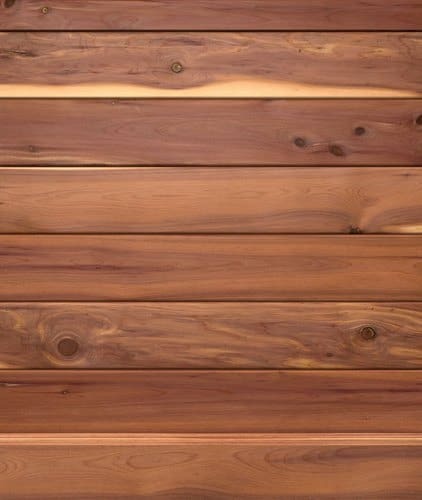
Cedar Wood It is one of the major used lightweight softwood. It can be useful in construction work. Cedarwood is proven durable with straight gain. Cedar Wood refers to the softwood from various species of trees in the cedar family, which are native to the Americas and some parts of the Old World. Cedar Wood is known for its distinctive reddish-brown color and fragrant aroma, as well as its natural resistance to rot, decay, and insect damage. This makes it a popular choice for outdoor use, such as in decking, fencing, and siding, as well as for indoor use, such as in closets and chests, where it helps to protect clothing and other stored items from insects. Cedar Wood is also prized for its attractive appearance, with a fine, uniform texture and straight grain pattern, making it a popular choice for decorative uses, such as paneling and trim work. Due to its resistance to decay and insect damage, Cedar Wood is considered to be a sustainable and environmentally-friendly choice for many applications. 8. Celtis Wood Celtis wood is a straight-grained but sometimes interlocked wood. It comes up with yellowish-grey heartwood and sapwood and a fine texture with a slightly lustrous look.

Celtis Wood Celtis is a genus of deciduous trees and shrubs in the hemp family (Cannabaceae), commonly known as hackberries. These trees are found in a variety of habitats throughout the world, including temperate and tropical regions of the Americas, Europe, Asia, and Africa. Celtis Wood is known for its durability and workability, making it a popular choice for furniture, cabinetry, flooring, and other applications. The wood is typically light to medium in color, with a straight, fine grain pattern and a uniform texture. Due to its relatively low density and moderate weight, Celtis Wood is also used as a substitute for other, more expensive hardwoods in some applications. However, the wood is not widely available and is not as well known as other hardwoods, such as oak or maple, making it a less common choice for many uses. 9. Conifer Wood

Conifer Wood Wood cut out from Coniferous or cone-bearing trees is known as conifers. Generally, these trees are evergreen, the trees have needle-like leaves, and produce softwood timber. This term generally covers and includes: Read More: Difference Between Wood and Timber | What Is Wood | What Is Timber | What Is Lumber 10. Cherry Wood
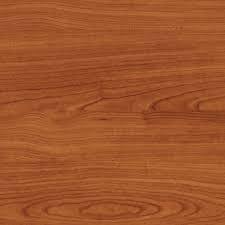
Cherry Wood Cherry wood has the color reddish-brown and it comes up with straight-grained wood that may contain pith flecks and small gum pockets that create random patterning. Many people believe that cherry wood is the best wood for carving because it is soft enough to be carved easily but is also hard enough to hold its shape. Cherry wood also has a beautiful, rich color that makes it a popular choice for furniture, carvings, and other decorative items. 11. Dahoma Wood
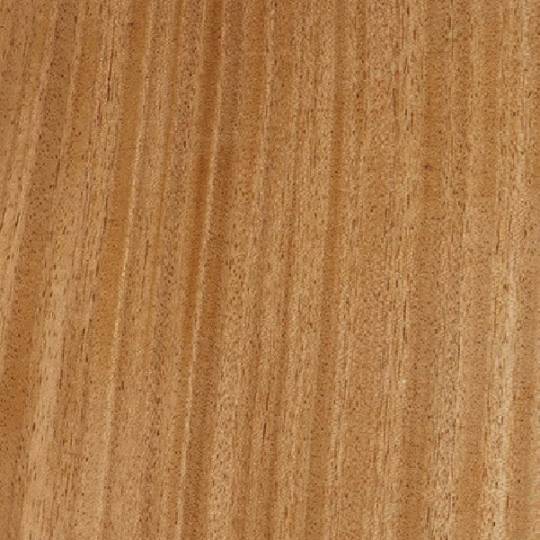
Dahoma Wood Dahoma wood generally has coarse interlocked grain, yellowish-brown streaky heartwood, and pale sapwood. It is one of hard timber mostly for exterior use, such as exterior structural timbers, mining timbers, marine work, sleepers, outdoor furniture, decking, and so on. 12. Danta Wood
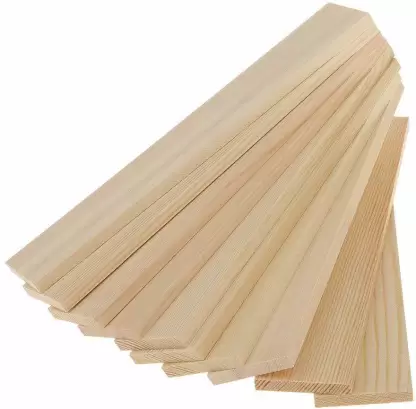
The danta wood comes up with fine grain mostly interlocked with mahogany red heartwood and lighter sapwood. It's a hard and strong wearing surface. It is mostly used for high-quality joinery, cabinetwork, benchtops, boat components, decking, and interior and exterior applications. 13. Douglas Fir Wood

Douglas Fir Wood Douglas fir wood is grown in North America and the UK. It generally has a light reddish-brown color with softwood, used for construction, interior, and exterior joinery, and plywood. It is very strong compared to weight. 14. European Beech
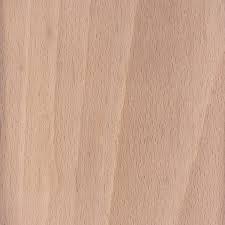
European Beech European Beech is generally grown in Europe and is a white to pale brown color hardwood, used for furniture, interior joinery, and flooring. It can be used for plywood. 15. Elm Wood

Elm Wood It is one of hardwood and grain similar to or even exceeding that of oak. It is found in a variety of colors and tones from cream to dark brown and its grain is equally diverse, ranging from straight to wavy. Characteristically, the elm comes up and incorporates knots and burrs. 16. Greenheart Wood

Greenheart Wood Guyana and Suriname. It is a dense, strong and durable wood that is known for its excellent resistance to rot, decay and termites, making it a popular choice for outdoor use such as marine construction, piers, and bridges. The wood is characterized by its distinctive green color that darkens to a deep brown over time when exposed to sunlight and air. Greenheart is a heavy wood, weighing between 700-800 kilograms per cubic meter and has a high resistance to shock and bending. Greenheart is also a valuable timber due to its unique properties, including its strength and durability, which make it a preferred wood for use in a variety of applications, such as flooring, decks, docks, and heavy-duty construction. Additionally, Greenheart is often sought after for its ornamental value, particularly in furniture making and cabinetry. 17. Iroko Wood
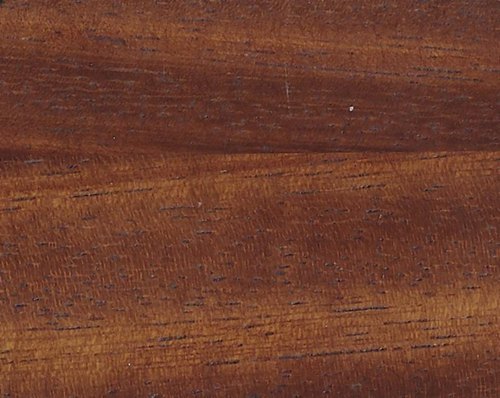
Iroko Wood Iroko wood trees mostly grew in West Africa. It has the color yellow-brown hardwood with a grain that's irregular and interlocked. Iroko wood is mostly utilized for interior and exterior joinery and for construction work. A cheaper alternative to teak. 18. Khaya Wood
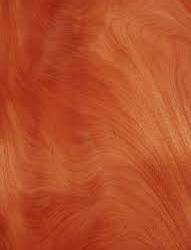
Khaya Wood Khaya is a type of hardwood that is commonly known as African Mahogany and is native to the tropical rainforests of West and Central Africa. It is a prized wood species due to its beauty, strength, and stability, making it a popular choice for a wide range of applications. The wood is known for its distinctive reddish-brown color, which can range from a light pinkish-brown to a dark red-brown, and has a fine, uniform texture with a straight grain pattern. Khaya is a relatively lightweight wood, with a density of around 550 kilograms per cubic meter, and is known for its good workability, making it easy to saw, plane, and sand. Khaya is widely used in the furniture and cabinetry industries, where it is prized for its attractive appearance and durability. The wood is also commonly used for interior trim, doors, flooring, and veneers, as well as for the construction of musical instruments such as guitar and drums. Additionally, Khaya is a popular wood for outdoor use due to its resistance to rot and decay, making it a good choice for decks, pergolas, and outdoor furniture. 19. Ligneous Wood
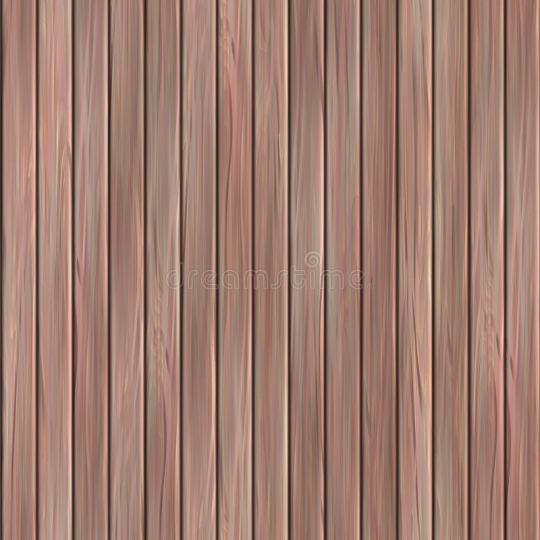
Ligneous Wood The ligneous wood materials are bagasse, bamboo, cereal straw, and flax or hemp shives. "Ligneous" is an adjective used to describe wood-like or woody properties, but it is not a specific type of wood. The term is used to describe materials that have properties similar to wood, such as hardness, strength, and rigidity. 20. Maple Wood

Maple Wood It is generally straight-grained and is characterized by irregular patterning, which can include fiddle back and bird's eye patterns. It comes up with light brown heartwood color and thin white sapwood that can be tinged with reddish-brown. Maple wood is very strong, heavy, and has a high resistance to knocks. After being stained, it has a light, almost translucent appearance. maple is found in Canada and is one of the hardest species. Read More: How to Remove Stain from Wood (Best 9 DIY Tips & Tricks) 21. Meranti Wood

Meranti Wood This is a mixed-species grouping of the Shorea genus that's grown in South East Asia. Read the full article
#advantagesofwood#AkasaWood#alltypesofwood#AshWood#BalsaWood#BambooWood#BeechWood#bestwoodforfurnitureinindia#BrazilianmahoganyWood#CedarWood#CeltisWood#CherryWood#ConiferWood#DahomaWood#DantaWood#dentifyingwoodtypespictures#differenttypesofplywood#differenttypesofwood#differenttypesofwoodforfurniture#DouglasfirWood#ElmWood#European#EuropeanbeechWood#EuropeanWood#GreenheartWood#importanceofwood#IrokoWood#KhayaWood#kindsofwood#LigneousWood
0 notes